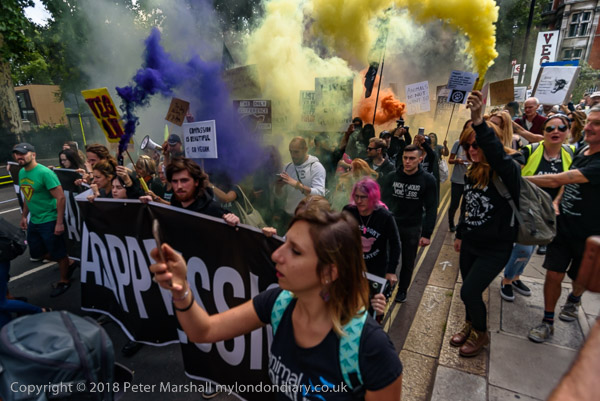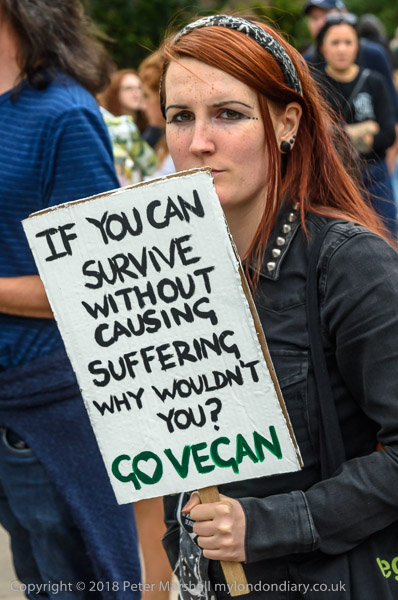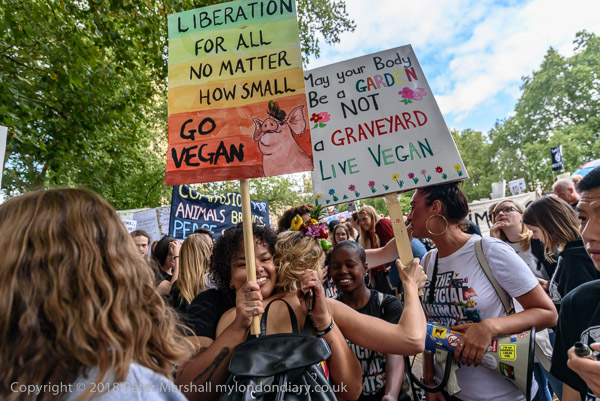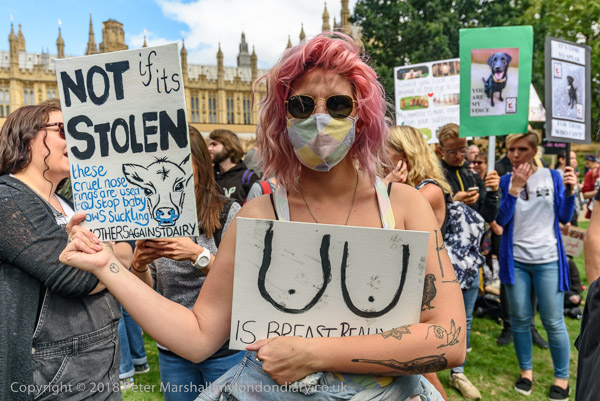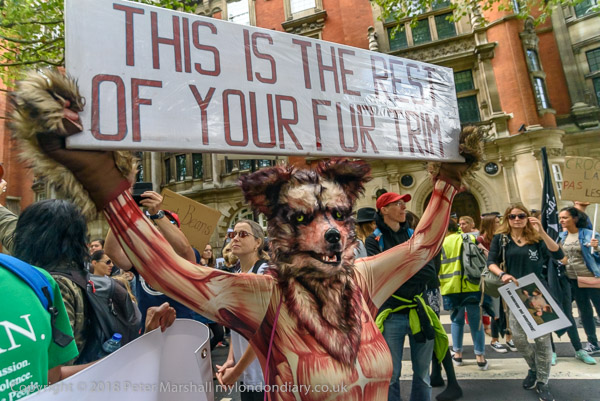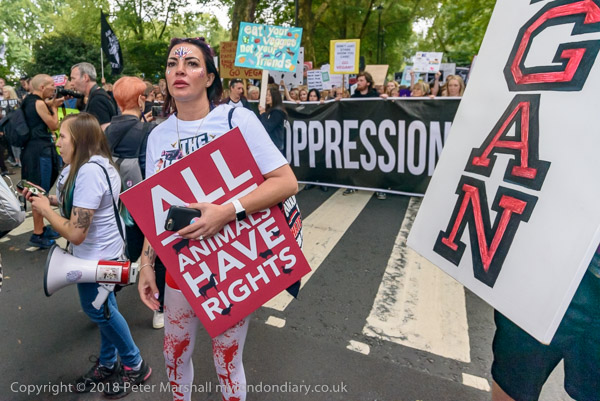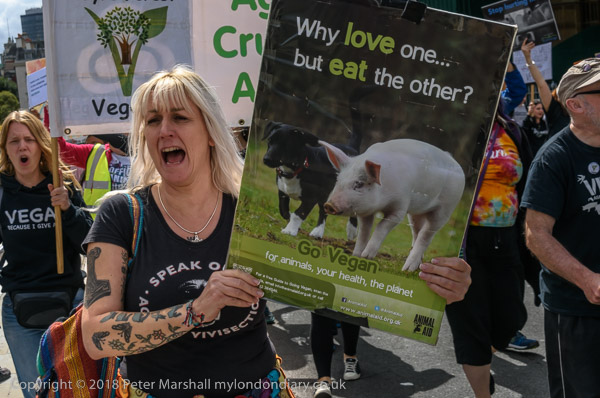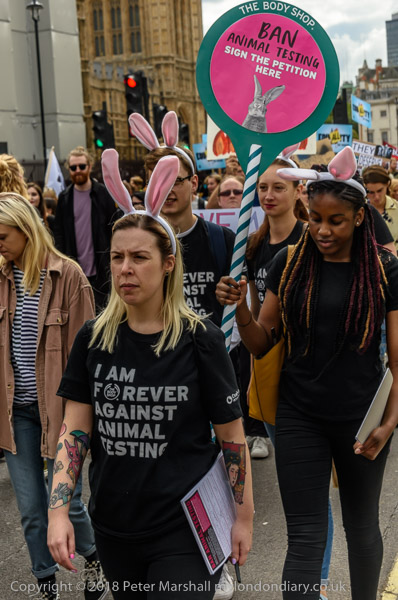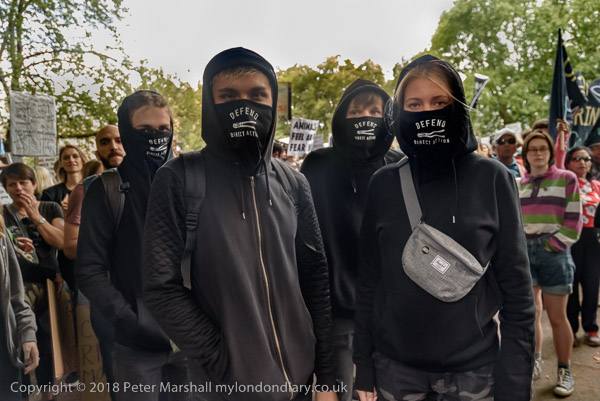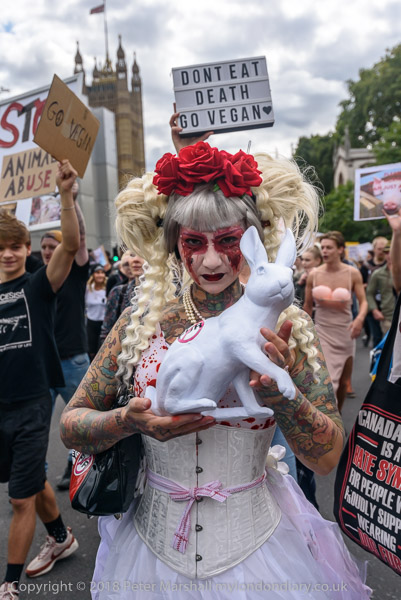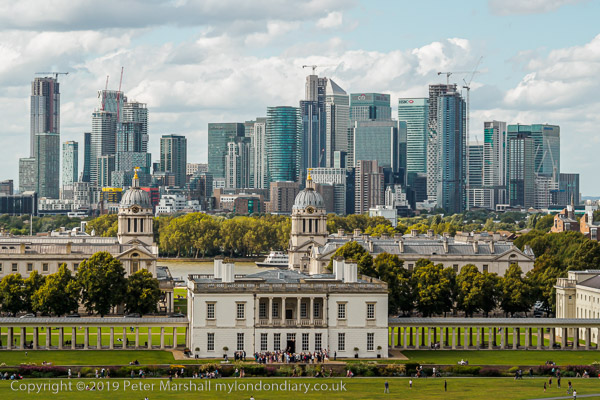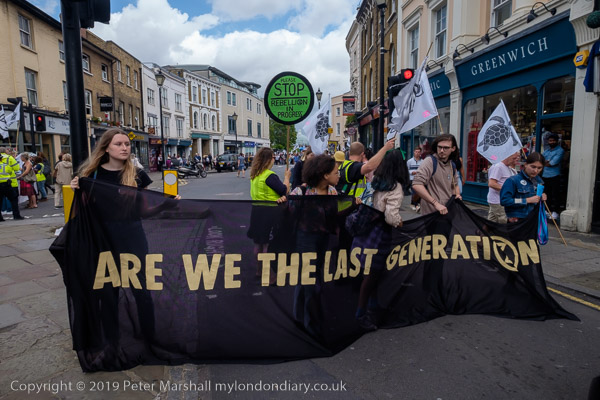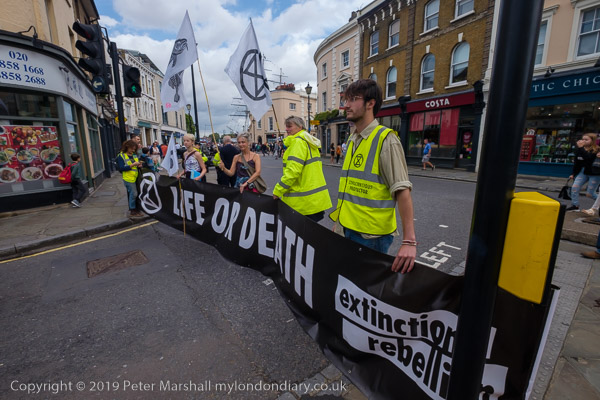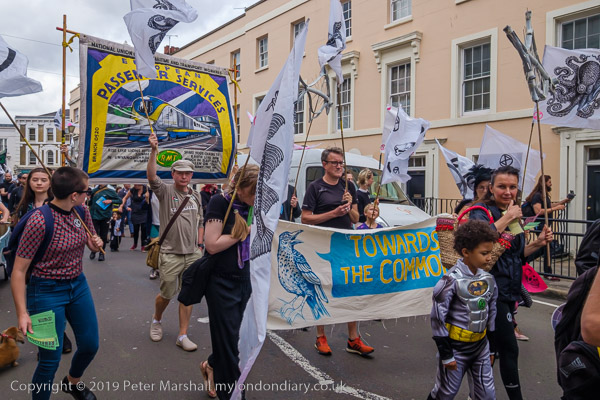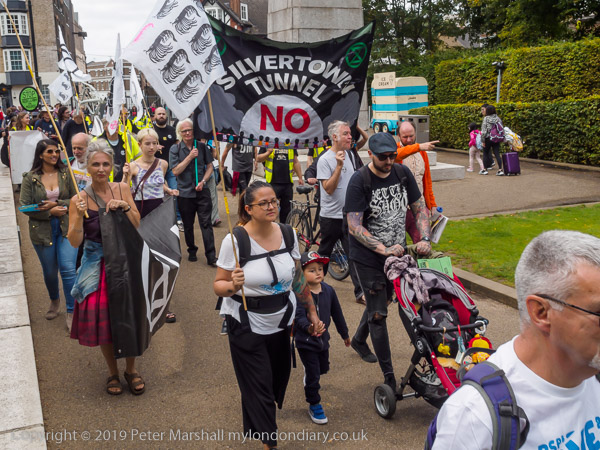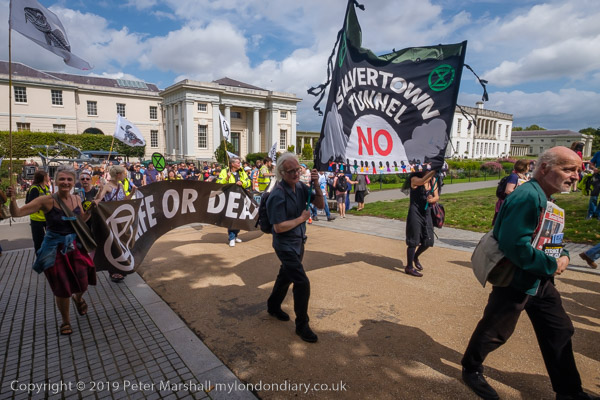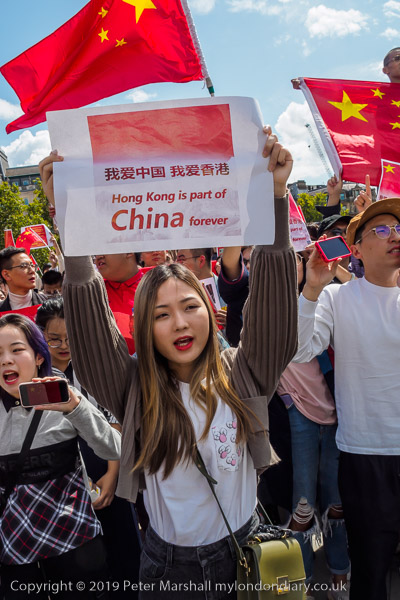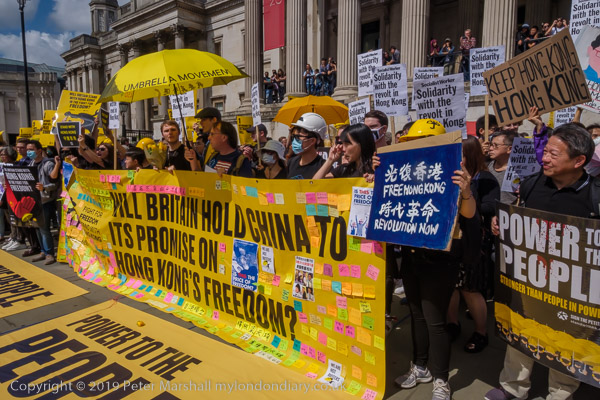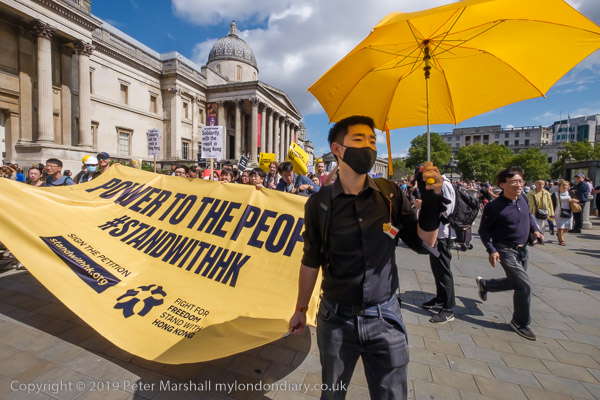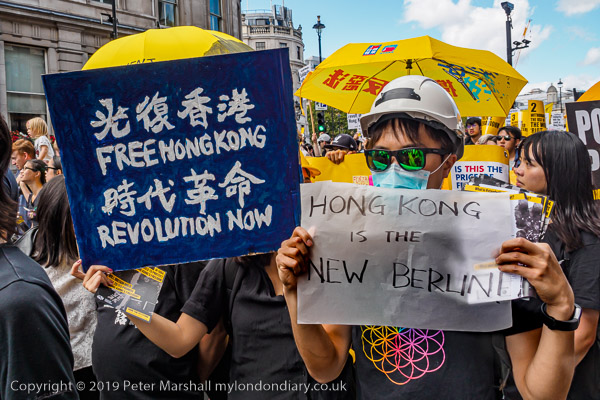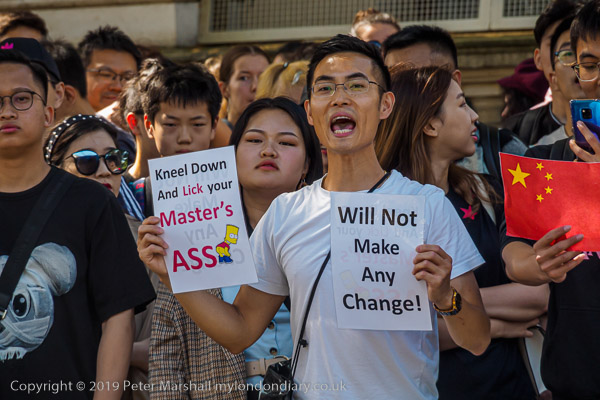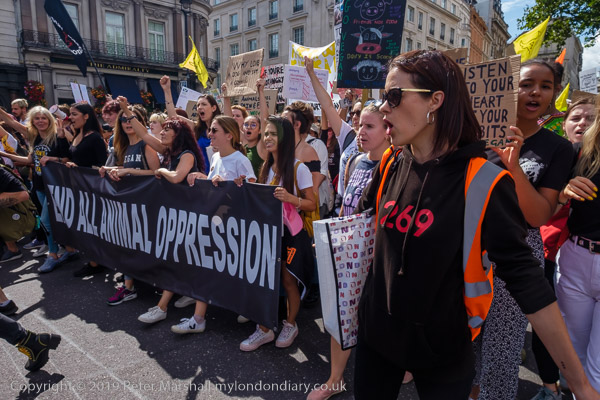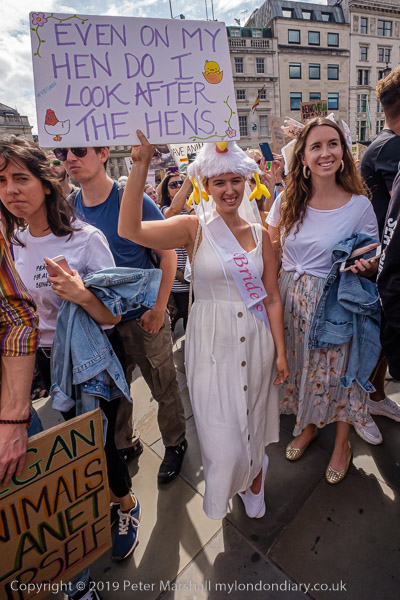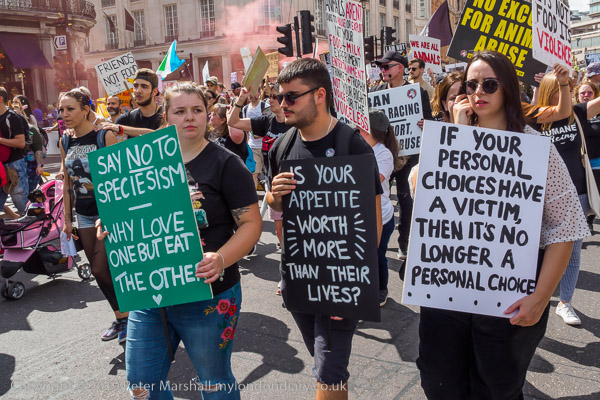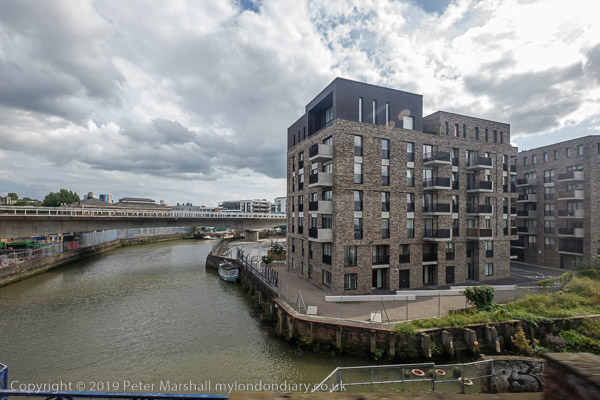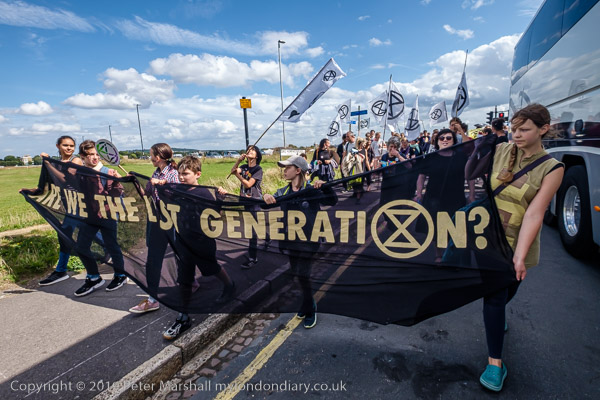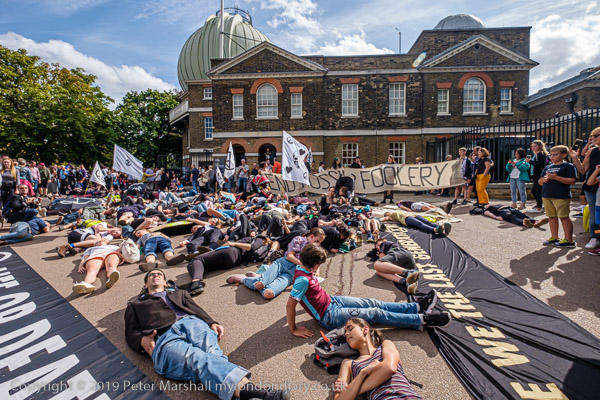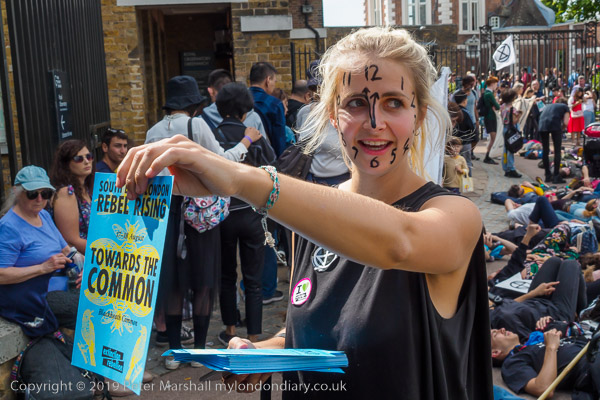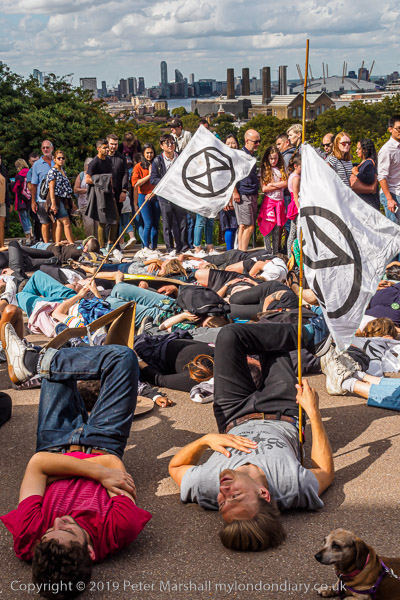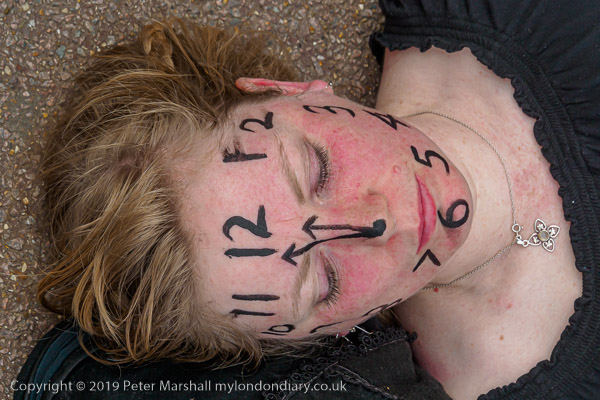Silent Remembrance Peace Vigil – Trafalgar Square, Sat 11 Nov 2017
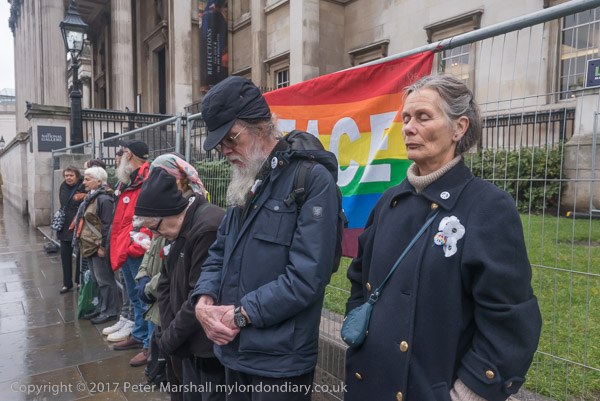
I came up the steps from the Underground into Trafalgar Square just as the clocks struck 11am on Saturday 11th of November 2017, exactly 99 years to the minute after the end of fighting following the signing earlier in the morning of the Armistice in a railway carriage in the Forest of Compiègne. Though actually an hour late, since it was 11.00 am Paris time, an hour ahead of GMT.
A revolt by sailors in the German Navy, beginning in Wilhelmshaven on 29-30th October 2018 had lead widespread actions across Germany with the proclamation of a Republic which forced the abdication of Kaiser Wilhelm and made the end of the war inevitable – it had largely been a family quarrel between the ruling royals.
As I came up into the square a whistle marked the start of the two-minute silence, and at least one bus swerved to the side of the road and stopped, though much of the traffic continued around it. A few people in the square stood to attention, but many of the tourists continued as normal. And I stood for a few seconds then kept on walking to photograph a small group of Quakers on the North Terrace wearing white poppies and beginning a 45 minute silent remembrance peace vigil outside the National Gallery.
White poppies were first made in 1933 by the Co-operative Women’s Guild to hold on to the key message of remembrance, ‘never again’. The First World War, known at the time as The Great War, had been called “the war to end all wars” but by 1933 many were beginning to think that another world war was coming.
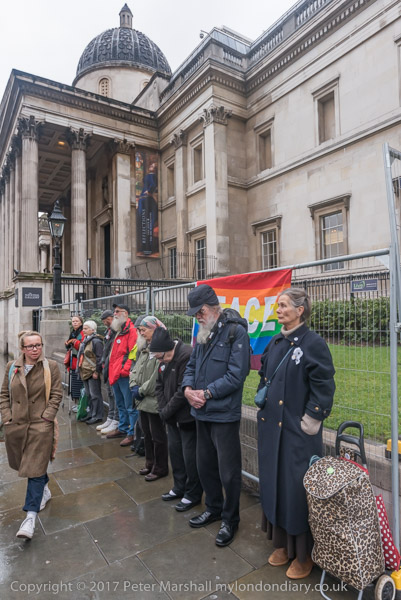
The white poppy remembers all victims or war, both civilians and military, and of all nationalities and has become more important as our official armistice events have over the past years become more and more militaristic celebrations. Sales of white poppies have increased greatly in recent years, with demand outstripping supply.
The white poppy challenges war and militarism and any attempt to glorify or celebrate war, and shows a committment to peace and nonviolent solutions to conflict. This year writer and poet Benjamin Zephaniah appears in a popular https://youtu.be/jtjCGCxT_PU video where he explains why he wears a white poppy and urges others to do the same to remember all victims of war and to work towards a world where there is no war.
Silent Remembrance Peace Vigil
Close Canada Goose for animal cruelty – Regent St, Sat 11 Nov 2017
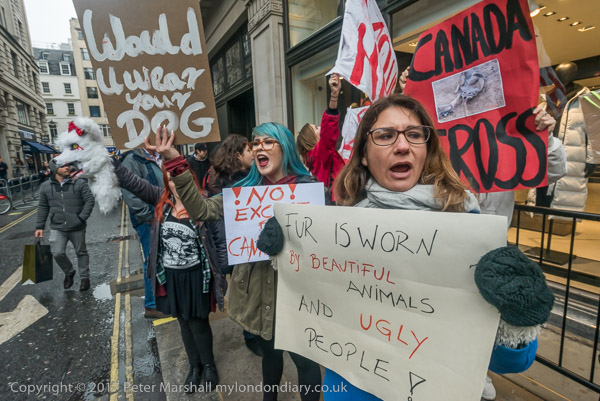
Several hundred campaigners marched from a nearby square to protest outside the newly opened flagship Regent Street Canada Goose store where the protest continued for most of the day. Police struggled to clear a path through the protesters for customers to enter and leave.
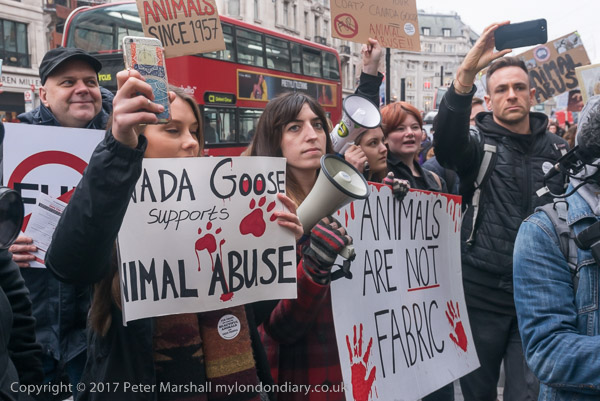
Canada Goose was selling coats with fur trims using trapped wild coyotes, which may suffer for days in cruel traps, facing blood loss, dehydration, frostbite, gangrene and attacks by predators, some even trying to chew off their own trapped limbs to escape before a trapper returns to strangle, stamp or bludgeon them to death.
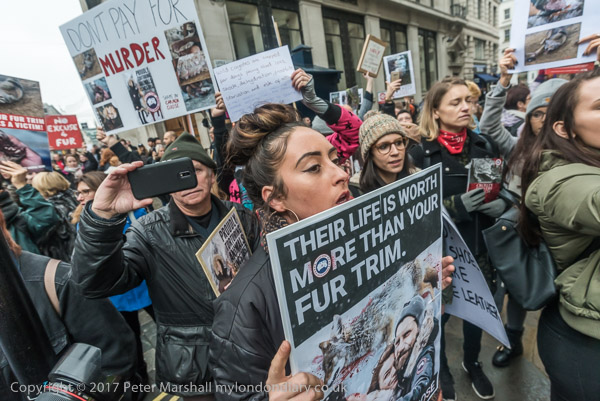
The down in their jackets is from ducks and geese that have their throats slit and are dumped into scalding hot water for feather removal while often still alive and feeling pain to make the down-filled jackets.
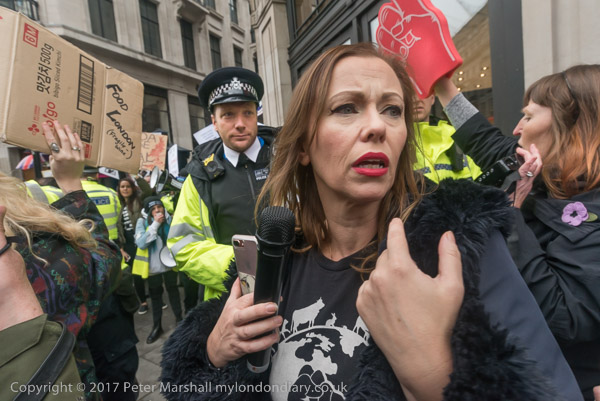
The London protests followed years of protests in New York and Toronto and continued weekly and at times more frequently. The shop gained an interim injunction restricting the activities outside the Regent St shop at the end of November 2017, but this was discharged in 2019 and their request to make it final refused, with the High Court saying the right to protest is an important legal right.
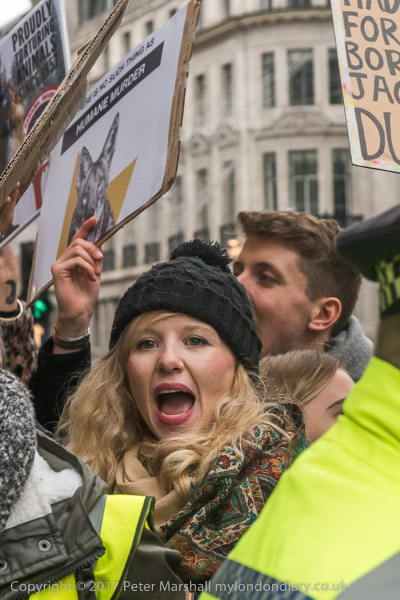
In June 2021 Canada Goose announced it would stop buying fur by the end of that year and no longer make products using real fur no later than the end of 2022. The protests backed by Peta for 15 years had eventually led to success, although the company denied that they had any part in its decision. The campaign to stop them using geese and duck feathers continues.
Close Canada Goose for animal cruelty
Remember Refugees on Armistice Day – Whitehall, Sat 11 Nov 2017
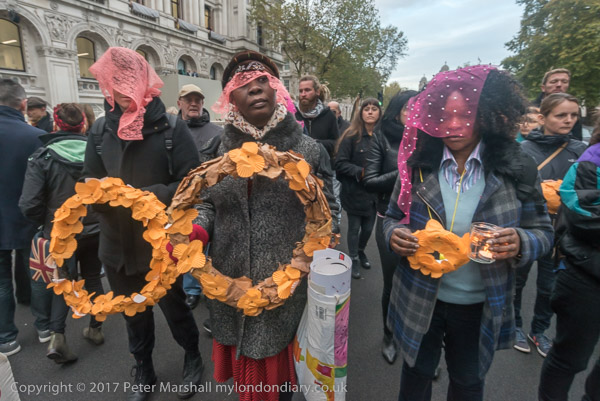
Lesbians and Gays Support the Migrants hosted a a commemoration ceremony to lay a life-ring wreath in memory of the people who have died fleeing their war-torn countries to seek refuge over the past year.
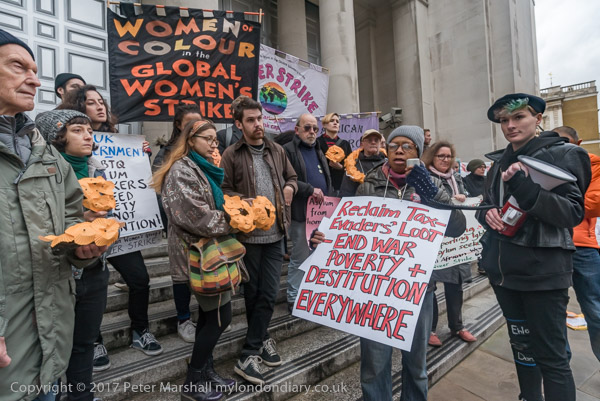
The event began at the Ministry of Defence. Many feel that the official celebration of Remembrance Day has gradually become more militaristic and a celebration of our victories rather than remembering the deaths of many in all the wars that our country has played a part in.
Among those taking part were a number of refugees as well as some activists who had supported them in the camps at Calais and on Greek Islands.
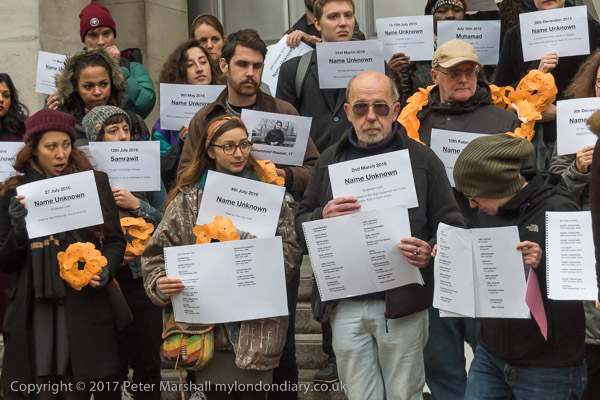
After speeches on the steps of the Ministry of Defence people held up posters with the details known about some of the migrants who have died trying to cross to the UK, but for many the posters read ‘Name Unknown’ – all we know is their date of death.
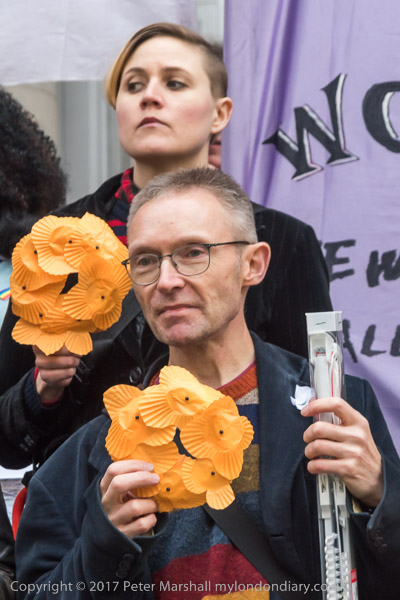
Then people processed holding wreaths of orange poppies and burning candles to the Cenotaph where they laid these to remember those who died seeking sanctuary. There were 17 small wreaths, the average number of people who have died so far trying to migrate each day in 2017.
Remember Refugees on Armistice Day
Orange Lodges Remembrance Day parade – Whitehall, Sat 11 Nov 2017
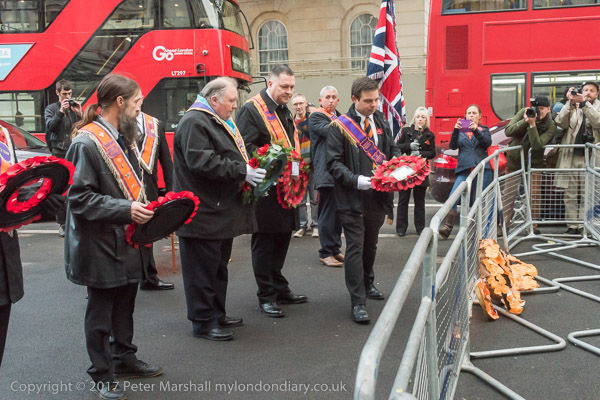
As I was at the Cenotaph I heard the sound of a flute band and drums as the London City District No 63 and the Houses of Parliament Lodge marched up Parliament St with visiting loyalists on their annual Remembrance Day parade in central London.
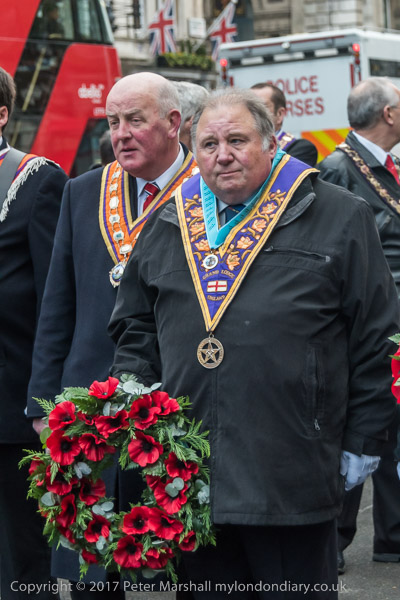
I photographed them marching and laying wreaths, but didn’t go with them as they went to lay further wreaths at the Duke of York Column in honour of Prince Frederick, Duke of York, the second eldest son of King George III and a Grand Master of the Loyal Orange Institution of England and then to St James’ Square for the end of their parade, where they were to lay a wreath at the memorial to WPC Yvonne Fletcher. Although I had no problems in Whitehall on this occasion I have been attacked at some other Orange events in London.
Orange Lodges Remembrance Day parade
